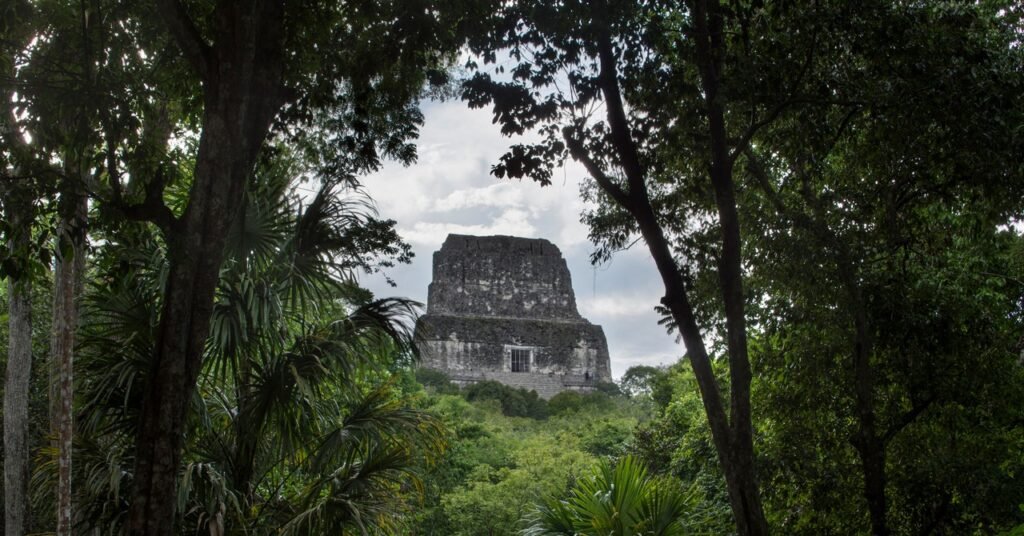A brand new Mayan metropolis, misplaced within the dense jungle of southern Mexico for hundreds of years, has been found from the pc of a PhD pupil lots of of miles away. That is the story of how he did it.
The settlement, named Valeriana after a close-by freshwater lagoon, has all of the traits of a traditional Maya political capital: enclosed plazas, pyramids, a ball courtroom, a reservoir, and an architectural structure that implies a basis previous to 150 AD, in accordance with a newly printed study within the journal Antiquity.
And the way did Tulane College graduate pupil Luke Auld-Thomas discover it? The reply lies in lasers. Till not too long ago, archaeology was restricted to what a researcher might observe from the bottom and with their eyes. Nonetheless, the expertise of detecting and measuring distances with mild, known as lidar, has revolutionized the sector, permitting us to scan complete areas in quest of archaeological websites hidden below dense vegetation or concrete.
Let’s journey again in time. It’s 1848 and the governor of Petén, Guatemala, Modesto Méndez, along with Ambrosio Tut, an artist and chronicler of the time, rediscovered Tikal, one of the crucial majestic archaeological websites of the Mayan civilization. In the course of the nineteenth century, little was recognized about this superior tradition—which calculated lunar, photo voltaic, and Venusian cycles, and invented hieroglyphic writing and the idea of the quantity zero with hardly any instruments.
The dense rainforest surrounding Tikal and its lack of roads made it extraordinarily tough to succeed in the stays. However the Guatemalan authorities went deep into the guts of the Petén jungle anyway, in quest of its cultural heritage. Guided by the rumors of the locals, machete in hand, together with tape measure and compass, they entered the Petén jungle on an nearly inconceivable mission. Arriving on the Tikal web site, Méndez and his staff had been amazed at what they noticed: gigantic temples and pyramids, principally lined by the jungle. Probably the most imposing constructions, hidden by nature, towered above the tree cover. Tikal, though partially buried, retained its majesty and gave clues to the big measurement of the town.
Historical past repeated itself in 2024—however with some essential variations. Slightly than a machete, Auld-Thomas armed himself with a search engine. WIRED spoke this week with him and Marcello Canuto, director of Tulane’s Center American Analysis Institute, concerning the discovery.

